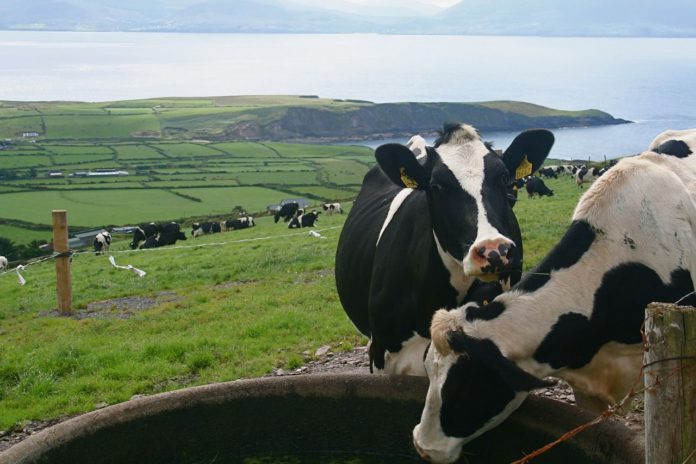With the cost of keeping a dairy cow in the BMW region expected to rise to €2,069/cow in 2022 on the back of input price hikes, Teagasc has advised farmers to consider some cost-saving measures.
The state agency revealed the figure at a dairy open day at Ballyhaise Agricultural College, Co. Cavan, earlier this week.
It stressed the importance of protecting inputs that have a long-term “beneficial” impact on farm businesses, such as milk recording and lime applications.
On the day, Teagasc discussed:
- Low-performing cows;
- Breeding;
- Winter feed budgets;
- Clover;
- Grass measuring;
- NMP – Nutrient Management plans;
- Cash budgets.
Low-performing cows:
Based on the projected figures in a table it provided, an individual cow would have to sell at least €2,100 in milk sales to break even on cash costs.
According to Teagasc, this figure will be at least €1,000/cow higher if you must purchase silage to balance the feed budget.
It advises farmers to complete a breakeven analysis on their own herd to determine the milk solids yield needed to cover operational costs.
Then, decide on whether to keep individual cows on that basis. Use milk recording reports to identify ‘passengers’ within your herd.
Breeding:
Teagasc is in favour of “continuing to invest in high-EBI genetics” due to higher production and fertility performance than low EBI counterparts.
Farms with stable herd sizes should finish the breeding season using high DBI bulls that have “good” predicted carcass traits to improve dairy progeny’s beef merit.
Winter feed budget:
Teagasc says it is the cost of replacing silage stocks, and not the original cost of production, that farmers need to consider when planning for winter.
- Completing winter feed budget is “essential”;
- If you have a silage deficit, offloading some non-productive stock before housing should be the first option, in Teagasc’s view;
- Small changes can have big impacts: a 100-cow herd selling eight culls before wintertime will spare sufficient silage to feed the whole herd for a fortnight next spring.
Clover:
- Fix atmospheric nitrogen – reduce chemical nitrogen requirements by 100kg/ha;
- Increased herbage quality in the summer months (compared to grass only);
- Increased dry matter intake for summer and autumn;
- Higher milk yield and live weight gain.
Grass measuring:
According to Teagasc, increasing the level of grass utilised by 0.25 t DM/ha through better grazing management could reduce feed purchases by 10% (110 kg/cow or 0.4 kg/cow/day).
Increase grass utilised by:
- Mapping the farm;
- Incorporating clover to improve sward quality;
- Correcting soil fertility;
- Adjusting paddock layout;
- Reseeding poor-performing paddocks;
- Being proactive in grazing covers at the correct stage.
In a previous article, we looked at the importance of grass measuring, the benefits, and how to undertake this activity on your farm. Read this piece.
NMP:
- Make the best use of fertiliser (slurry) inputs with targeted NMP
- Use LESS technology – Can replace 10% of fertiliser
- Read an article on cattle slurry: how much is it worth?
Cash budgets:
- Complete a cash budget;
- Be realistic – ‘A best estimate’ is better than ‘no estimate’;
- Avoid cutting productive costs – fertiliser, herd health;
- Assess capital investments;
- Prepare cash budget in advance of expenditures;
- Act early when you identify cash flow deficits;
- Prepare a cash budget in advance of any expenditure.





